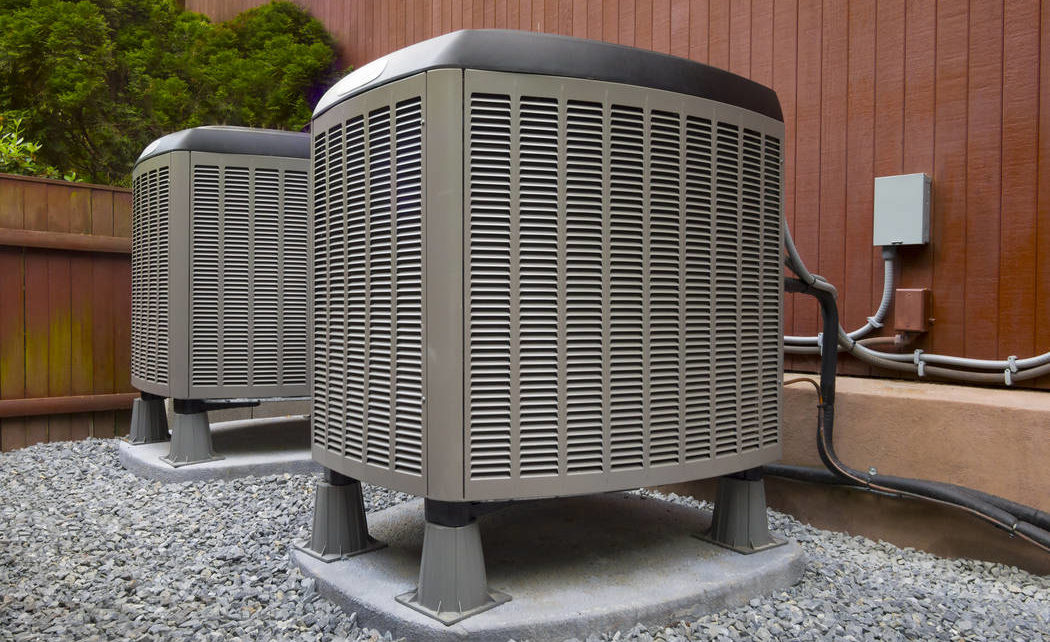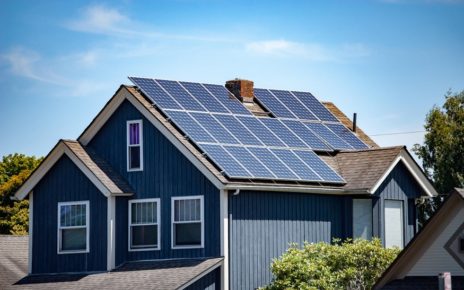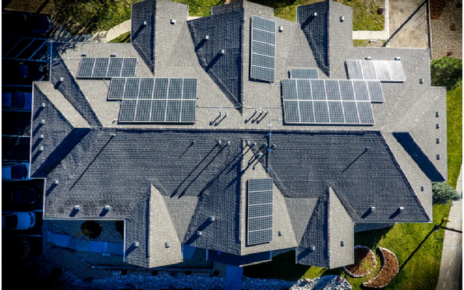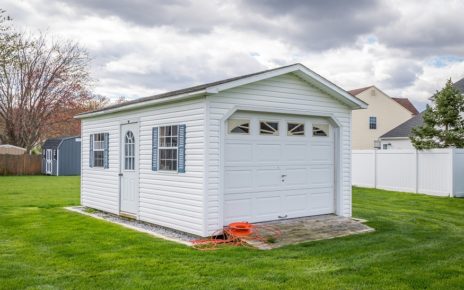Homeowners and indeed even some commercial property owners in the United States may be facing some difficult choices when it comes to maintenance for their air conditioning. They have the choice of either replacing the entire system or keeping it the way, it is and refilling it with R-22 refrigerant, which is hard to find, and becoming increasingly expensive. Indeed, on the 1st January 2020, R-22 refrigerant will no longer be available at all and the only option that people will have is to rely on their existing stockpiles, or hope that the service company they work with has it – because it will not be allowed to be made in the country or imported either.
What is R-22 and Why Is it Being Banned?
R-22, which also goes by the name of R22 Freon, and by HCFC-22 Freon, is a refrigerant that was introduced to replace ozone-depleting CFCs, but it was later found to be ozone-damaging itself. The U.S. government started to restrict the manufacture and use of the refrigerant, and to slowly phase it out. They had hoped that it would not take long for it to fall out of use, but there were some loopholes in the law that allowed people to sell ‘dry’ air-conditioning units, and this meant that R-22 refrigerant remained in use for longer than expected. The complete ban will begin in 2020, and the goal is to have all air conditioning systems use R-410A instead. R-410A is a much safer refrigerant, that does not damage the ozone layer.
The rules will have far-reaching implications for people who have older air conditioning systems.
– It is still OK to use R-22 refrigerant in your existing system, but the refrigerant will be much harder to get hold of. You will only be able to get it through after-market channels. There will be a big industry for recovering R-22 refrigerant from old systems that are decommissioned and salvaged.
– The cost of R-22 has been increasing every year since the news of the ban broke, and it is expected that they will continue to increase in the future. By the time the final phase-out stage is reached, it will most likely be prohibitively expensive.
– The fact that R-22 will not be possible to buy ‘new’ means that supply will not be guaranteed. If you need a complete recharge, then you might not be able to source the refrigerant on short notice, and if you can find it you would end up paying a lot more than someone who is using a newer system with a eco-friendlier gas.
What Are Your Options?
The best option could well be to get a complete replacement of your air conditioning system. While this doesn’t sound ideal, it will give you the chance to get a system that is more energy efficient, and that will have a lower total cost of ownership. If you cannot afford to replace the entire air conditioning system, then you do have some options.
If your unit was manufactured before 2010 then it most likely uses R-22. As long as the unit is not leaking, then it is probably safe to leave it as it, and to simply take good care of it. If you service your unit in the spring and fall, then that should identify any issues with it and help to ensure that the unit stays in good condition. Leaks are rare in units that are well-taken care of.
When your budget allows, it is a good idea to retrofit your unit so that it can use a different refrigerant. There are a few different substitute refrigerants that will work in older air conditioning units with minimal changes to the unit. The most common substitute is R-410A. To make an R-22 unit work with R-410A you will need to replace the condenser and the system coil, most likely. Make sure that you have this work done by a qualified engineer. The retrofit should extend the life of your unit by several years, and as long as it is performed properly, and you se only approved refrigerants, then it should be safe and environmentally friendly.
Eventually, you will have to buy a new unit. A retrofitted unit will last for several years but is not ideal because of the different pressures that the refrigerants were designed to work at. You will likely find that if you buy a new system it will be far more energy efficient, and even potentially quieter too. There are rebates and tax credits offered to incentivize the purchase of new systems, so you may find that in the long term the purchase is far less expensive than you might think.
If you are considering a new unit, then you should look for one that has the Energy Star labelling on it, and also look at the Minimum Seasnoal Energy Efficiency Ratio of the unit so that you can find one that will save you money over the lifespan of the unit. The best time to switch is when you have had a unit for a fairly long time, but before the unit has failed leaving you with high repair costs. The sweet spot is to keep your unit for ten years or so. Of course, if you bought your unit in 2009, and it’s one of the last units that was sold with best r 20 refrigerant already in it, or if you bought a ‘dry-fill’ unit and had it fit with R-22 more recently, then that leaves you in a challenging position. It is well worth looking to get away from R-22 as quickly as possible, because it is expensive and highly damaging to the ozone layer. Of course, the reality and practicality of getting a new system means that people do sometimes end up having to make less than ideal decisions, but you should try to do what you can to get an eco-friendly unit installed as soon as you can. Get a few quotes and work out your long-term budget.




